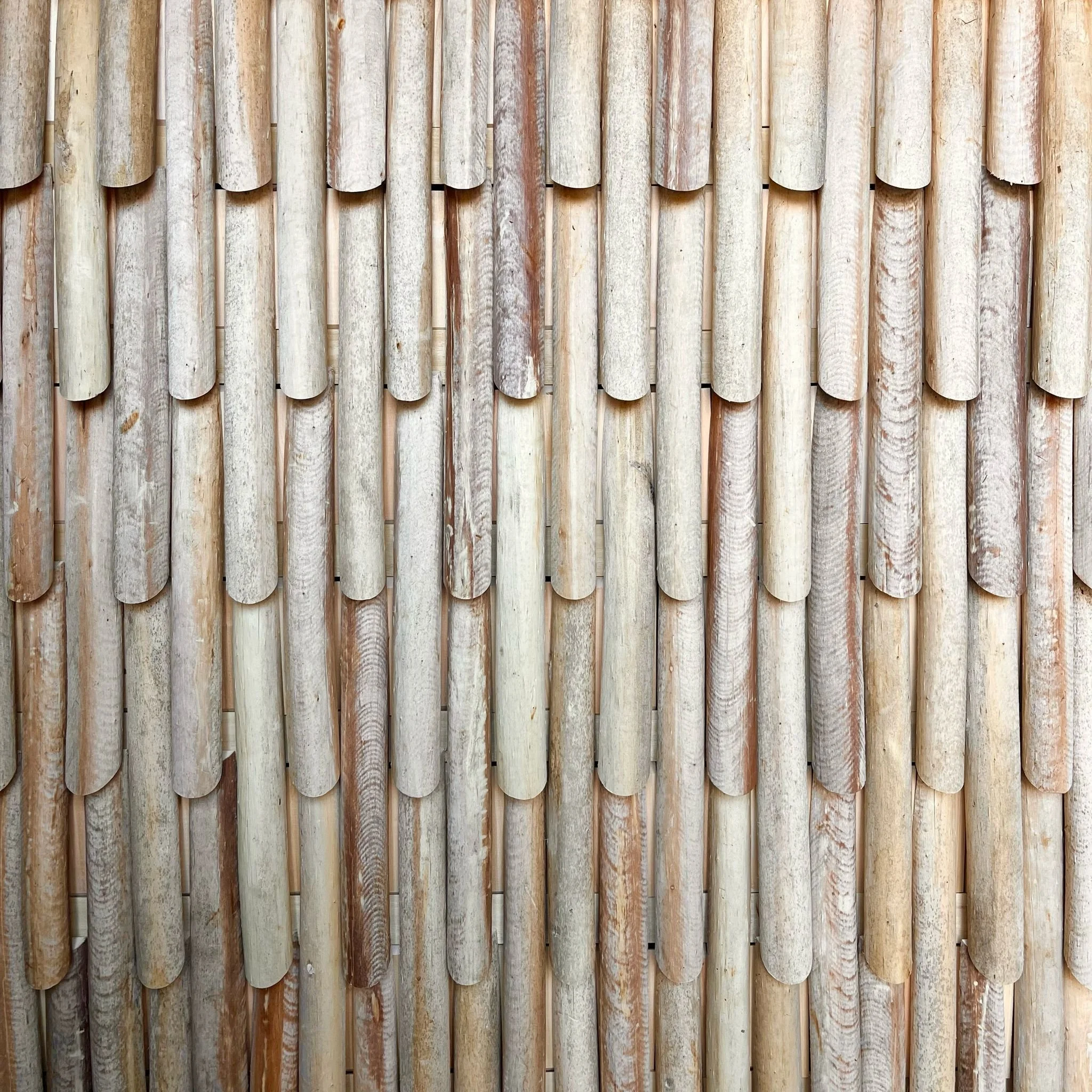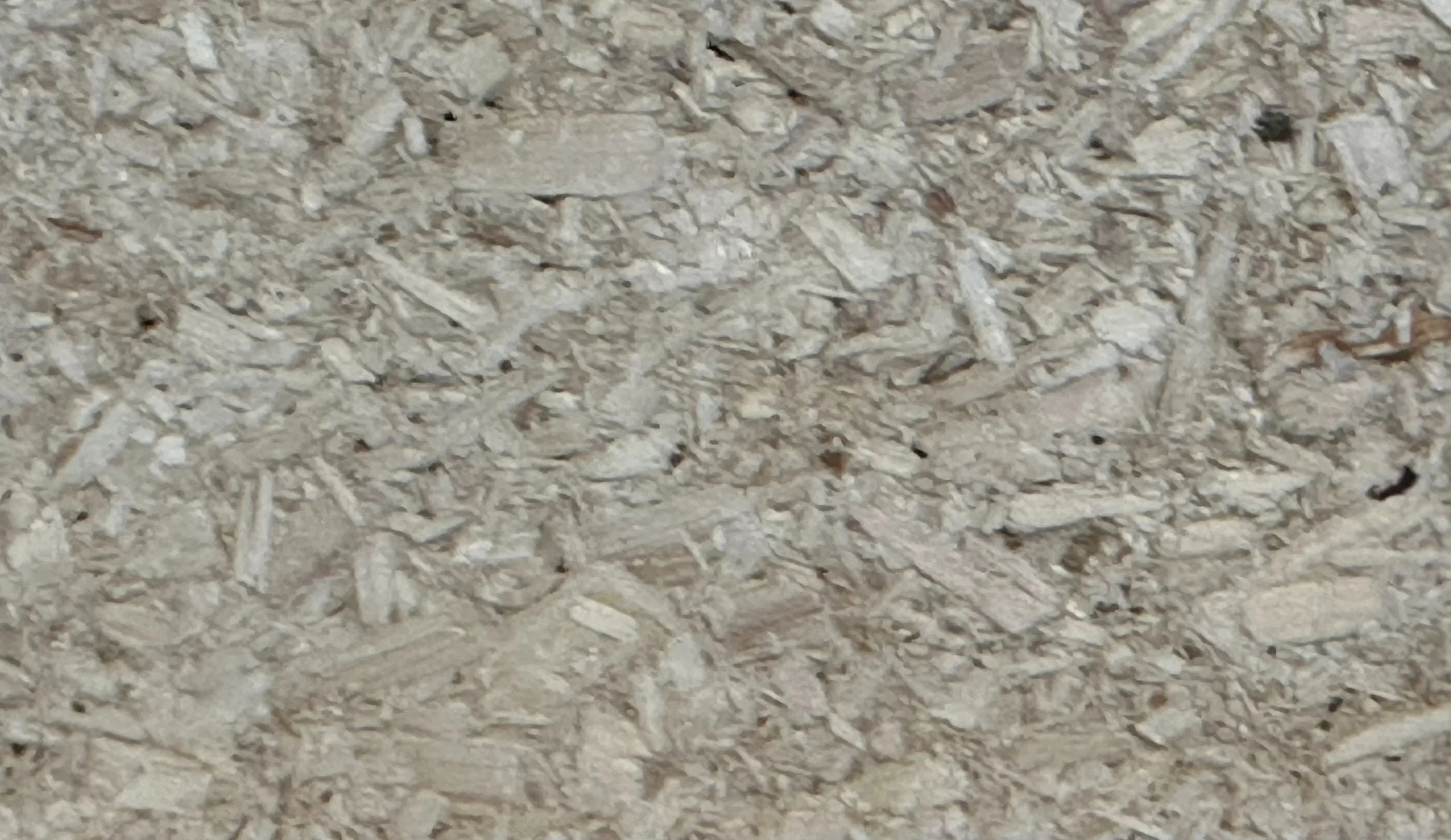02 Willow-based Materials
↑ Willow sections
Why make materials out of willow?
Denmark currently imports 79% of its wood, which implies a heavy reliance on foreign resources. 2 In response, MOOW has set out to transform wood usage by promoting locally sourced materials, with a particular focus on fast-growing species like willow.
Since willows can thrive in most regions of the Northern Hemisphere, it presents a promising alternative to imported timber. In Denmark, traditional timber species are no longer prevalent in the country’s natural ecotopes, further emphasizing the need for alternative local resources like willow.
By integrating locally grown willow into the construction industry, MOOW aims to reduce Denmark’s dependency on imported timber, lower transportation-related carbon emissions, and support the local economy through the use of regionally available resources.
2 Dansk Skovforening (DS). (n.d.). Danmarks Træproduktion og forbrug. København; Dansk Skovforening (DS). Retrieved March 26, 2025, from https://www.danskskovforening.dk/wp-content/ uploads/2018/11/faktaark_danmarks-traeproduktion-og-forbrug_skovforklima.pdf.
What does the processing/ production look like?
Active collaboration with various industry experts was essential to successfully develop willow-based materials for construction. This involved working with carpenters, large plywood manufacturing factories, and furniture producers, all of whom were able to use their standard machinery to process willow effectively.
↑ Willow pressed-boards ― Courtesy of MOOW
A path to eliminating waste
The aim is to use the entire willow plant, ensuring a high degree of utilization, minimal waste throughout the production process. Any offcuts or bark removed during the production process are not discarded; instead, they are transformed into wood chips that are subsequently processed into boards. This approach optimizes the use of biomass by repurposing all byproducts into valuable building materials instead of burning for energy production.
Testing
Testing is being conducted to ensure the material meets the necessary performance standards. This includes moisture and strength testing by the Danish Technological Institute (DTI), prototype assessments at Aalborg University, fire safety evaluations by The Danish Institute of Fire and Security (DBI), and acoustic performance analysis in collaboration with SWECO.
What is the purpose of heat-treatment?
As the temperature rises, lignin undergoes partial softening and reformation, resulting in a denser, more compact willow fiber structure. This transformation enhances the wood’s resistance to moisture, reduces its tendency to warp, and increases its overall hardness. Additionally, hemicellulose - another key component in wood - partially decomposes during heat treatment, further reducing the material’s ability to absorb water.
Heat treatment of willow induces significant changes in both its physical structure and chemical composition, enhancing its weather-resistance. During this process, the heat alters the wood’s fibers, particularly impacting its lignin content - the natural polymer that binds cellulose fibers and provides rigidity.
↑ Raw laminated board― Courtesy of MOOW
↑ Heat-treated laminated board― Courtesy of MOOW
Are there any additives?
The material development process prioritizes sustainability by ensuring that their products are free of toxins and incorporate bio-degradable bio-binders and fire retardants. This environmentally conscious approach minimizes harmful chemical use while maintaining product performance. Additionally, MOOW’s method - which is currently patent pending - leverages willow’s naturally high lignin content. Since lignin acts as a natural adhesive, less binder is required during the production process compared to traditional wood-based boards.
↑ Flexible Screen ― Courtesy of MOOW
How can using willow in construction reduce carbon emissions?
Willow’s rapid growth and high carbon sequestration capacity allow it to capture substantial amounts of CO₂ during its lifecycle, contributing to climate change mitigation. Additionally, willow is lighter than many traditional wood types while maintaining comparable strength. According to tests conducted by Staticus, the density of willow came out to be 382kg/m3, in comparison, spruce has a density of 420kg/m3. This reduced weight translates to lower embodied carbon, as it requires less energy for transportation and handling.
↑ Acoustic ceiling ― Courtesy of MOOW
Always local
MOOW’s international network facilitates localized production strategies, ensuring that the materials are cultivated and processed close to their intended market. This regional approach significantly reduces transportation distances, lowering both financial costs and carbon emissions.







